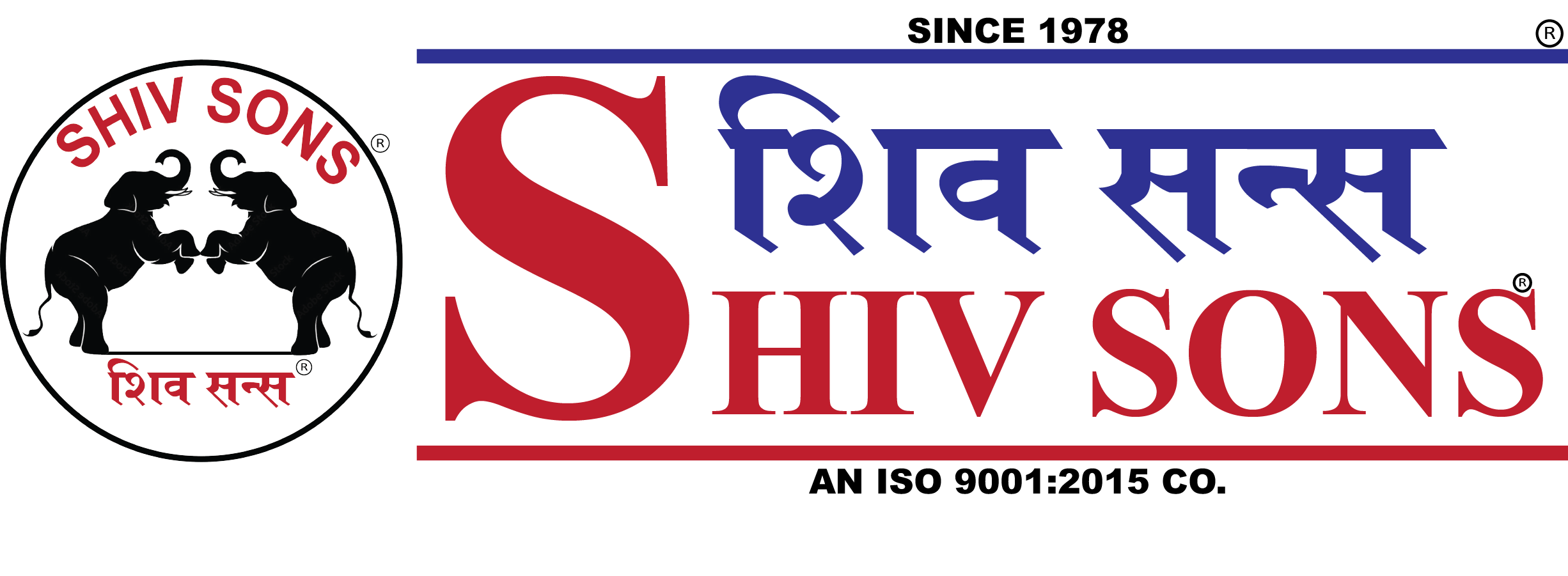
About Factory
Shiv Sons is an Indian Company engaged in the trading of all kinds of Bitumen & Bitumen Tar Products. A well-established and recognized name.The company was established in 1978 with the trading of Bitumen Tar Products and Bitumen Waterproofing materials.
We at SHIV SONS, offer our best services and material in market.







